Easily Fix a Frozen Laptop Mouse
Laptop mice or touchpads, unlike desktop mice, are often integrated into the laptop’s hardware, making troubleshooting a bit more challenging. But don’t fret! If your touchpad has gone haywire, there are simple steps you can take to get it working again.
When I got a frozen laptop mouse, I was about to call a technician. But before I did that, I did some research and found a quick fix that worked for me. Here’s more about why this happens and what you can do to fix it.
Why do I get a frozen laptop mouse?
The reason behind an unresponsive laptop mouse isn’t always clear. It could be physically broken, but everything from outdated drivers to viruses can freeze your mouse onscreen. Here are the most common causes:
Resource Overload – Laptops need sufficient resources to function smoothly. An unresponsive touchpad could be a sign that your laptop’s CPU, GPU, or RAM is running too hard.
Software Issues – Random software blips or poorly coded programs can sometimes cause your mouse to freeze, often due to memory leaks or other errors.
Malware or Viruses – Malicious software can wreak havoc on your system, including interfering with your touchpad. Viruses and other malware often target the mouse because it makes it more difficult to run an antivirus scan. Malware can also cause system file and driver corruption that could impact the mouse.
Driver Problems – Outdated or corrupt mice and other pointing device drivers can lead to unresponsiveness.
Internal Disconnection – Sometimes, the culprit behind a frozen touchpad is simply a loose or faulty hardware connection. Depending on your laptop model, you may be able to repair this yourself by carefully reseating the touchpad connector.
System File Corruption – Corrupted system files or issues with the Windows Registry can also cause mouse freezing because Windows cannot properly communicate with it.
Other Devices – Sometimes, external USB peripherals can interfere with the mouse or integrated touchpad.
How to troubleshoot a frozen laptop mouse
Before you open the laptop or replace an external mouse, try these methods to rule out that the problem cannot be fixed from within Windows itself.
1. Use an External Mouse
If the touchpad is the problem, use an external mouse to see if this gets the cursor moving again and you can apply other fixes for the touchpad. If neither work or you can’t get an external mouse, continue to the steps below:
2. Hard Shutdown
When your laptop encounters a frozen mouse, a hard shutdown can act as a system reboot, clearing out any lingering power or memory issues.
1. To perform a hard shutdown, press and hold the power button for several seconds until your laptop completely turns off.
2. Disconnect the power adapter and remove any external devices (including the mouse if it’s external) and let your laptop rest for a few minutes to cool down.
3. After the cooldown period, reconnect the mouse if it’s external, the power adapter, and turn your laptop back on. This simple reset can often resolve temporary issues and get your mouse working again.
Note: If the power button doesn’t respond, you can safely disconnect the power adapter or even remove the battery (if your laptop has a removable battery) to force a complete shutdown. However, avoid using these methods repeatedly as they could potentially lead to data loss.
3. Full Malware Scan
If your mouse is frozen and you suspect malware, it can be challenging to perform a traditional malware scan using the mouse-driven interface. However, you can still run a malware scan using keyboard shortcuts and command-line options.
1. If you have antivirus software installed, try opening it using keyboard shortcuts. Typically, you can use the Windows key to open the Start menu, navigate to your security software, and press Enter to open it.
2. For Windows Virus & threat protection, press Windows + S to open the search bar and type CMD to find open the command prompt. You can use the arrow keys and Enter to open the Command Prompt as an Administrator.
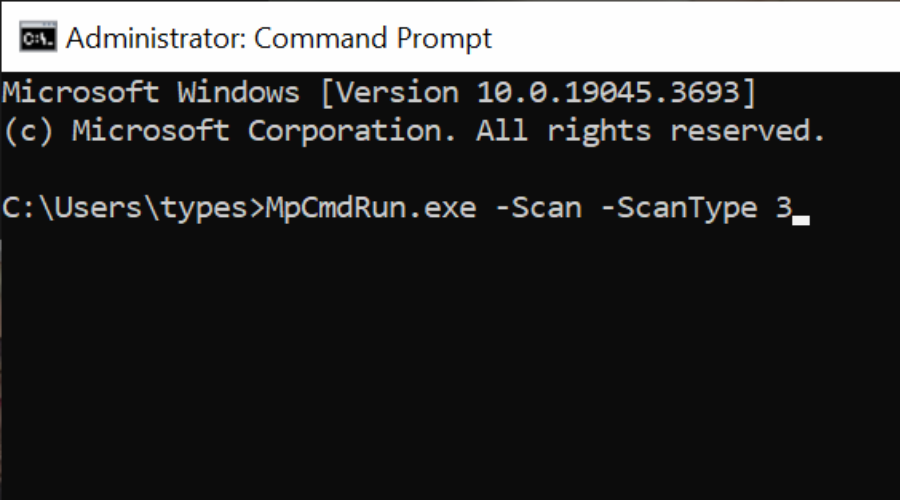
3. Type MpCmdRun.exe -Scan -ScanType 3 followed by Enter. This command will initiate a full scan with Windows Defender.
4. Update Windows
Should you encounter a failed Windows update or are postponing updating, it is advisable to initiate the process now. This ensures the application of essential security and compatibility patches while also verifying that the previous update did not result in any corruption affecting the mouse.
If you still don’t have access to the laptop mouse:
1. Press the Windows key and use the arrows and enter key to open Settings.
2. Within the Settings menu, use the arrow keys to move to Update & Security and press Enter.
3. Use the arrow keys to navigate to Windows Update in the left sidebar and press Enter.
4. In the Windows Update section, use the tab key to navigate to the Check for updates button and press Enter.
5. Continue to use the keyboard to follow the prompts and complete the process.
5. Update Drivers
Updating your driver without a working mouse is not impossible, you just need to get to the Device Manager.
1. Press Windows + S to open the search bar and type Device Manager and use the arrows to open it.
2. In the Device Manager, navigate to Mice and other pointing devices using the arrow keys. Press the right arrow key to expand the category.
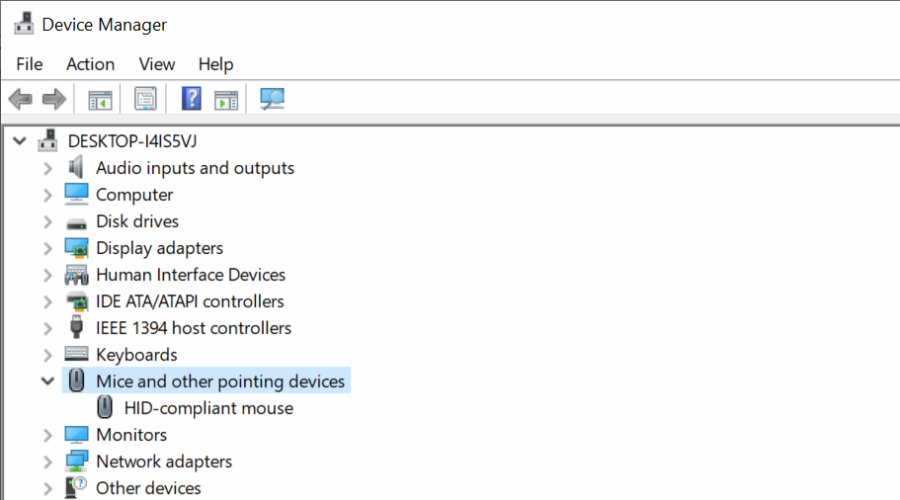
3. With the arrow keys, select the entry for your mouse. You might see a generic entry like HID-compliant mouse.
4. Press Alt + Enter to open the Properties window for the selected device, then use the Tab key to reach the Driver tab.
5. Navigate to the Update Driver button using the arrow keys and press Enter. Choose the option that allows Windows to search for updated driver software automatically.
6. Alternatively, use a secondary device to download the driver files manually from the manufacturer’s website and use a USB stick to make it accessible on the laptop. Then you can choose the manual option and browse to the files using the arrow, tab, and enter keys.
6. Use Fortect
Fortect is a comprehensive Windows Repair tool for repairing corrupted system files and fixing registry entries that could also contribute to your laptop’s frozen mouse. You can use it without a mouse but may need to download the installer on a secondary device and use a USB stick to transfer it to the laptop.
1. Download and Install Fortect on your laptop.
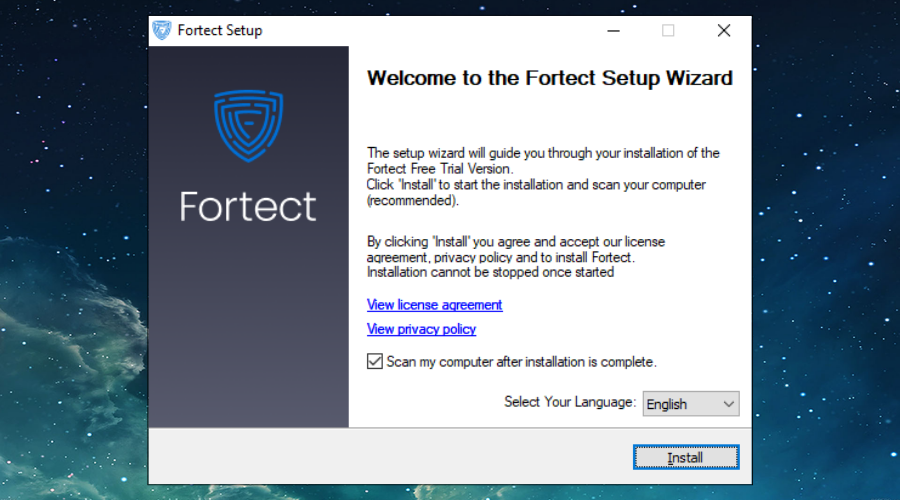
2. Press the Windows key and arrows to find it in the start menu and run a scan.
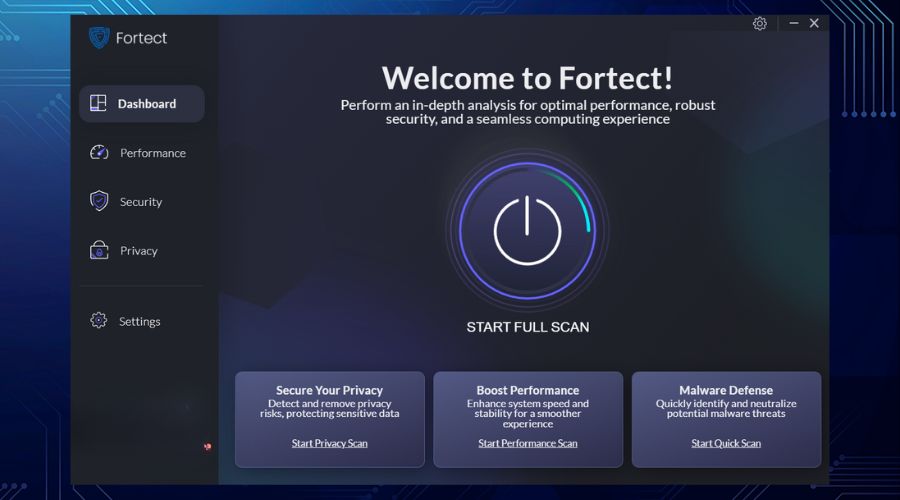
3. Once complete, press Enter on Start Repair and it will automatically fix all Windows problems.
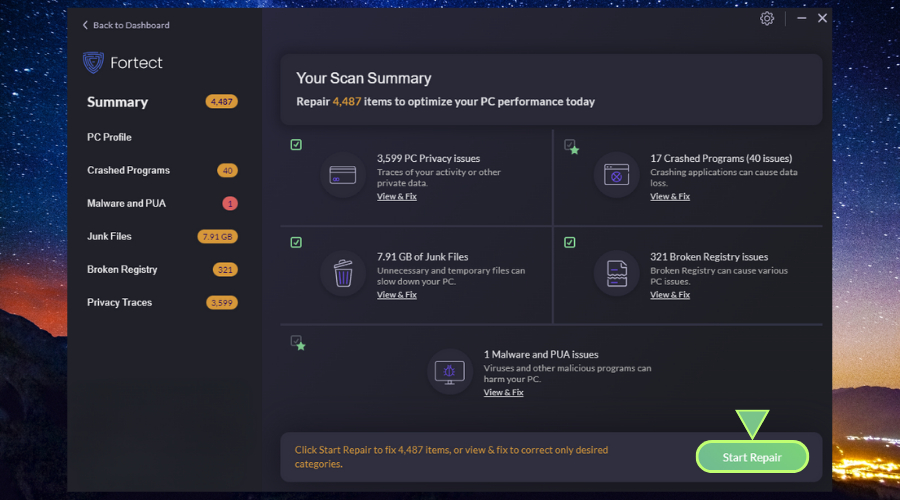
Fortect also logs crashed programs, displays a hardware summary which can indicate overheating problems, and deletes junk files to clean your hard drive.
7. Use SFC and DISM
To Windows’ built-in repair utilities you must enter commands into the Command Prompt.
1. Press Windows + S to open the search bar and type CMD to find open the command prompt. You can use the arrow keys and Enter to open the Command Prompt as an Administrator.
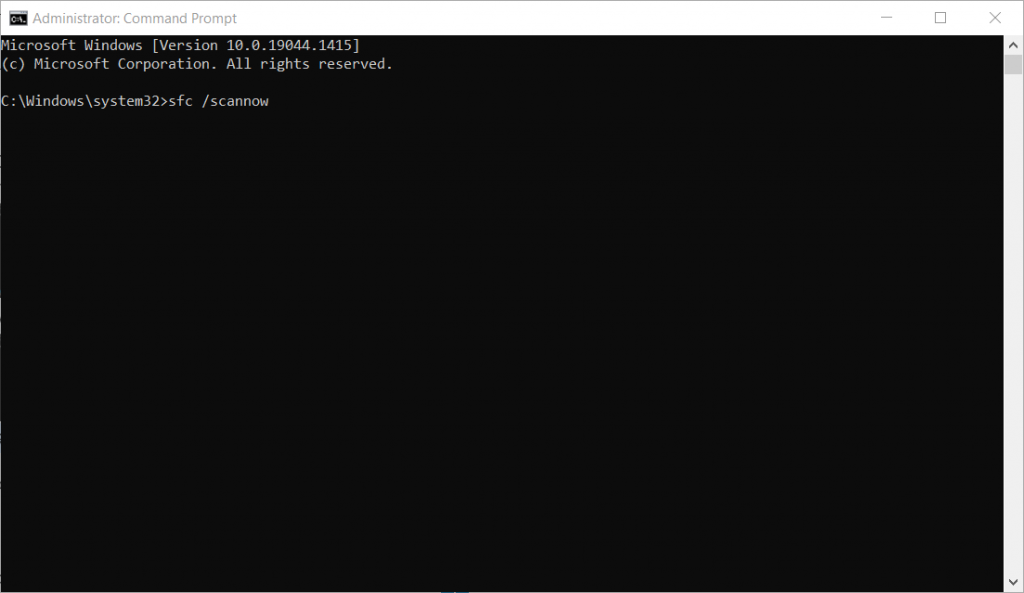
2. Type the following and press Enter: sfc /scannow
3. Once finished, your laptop may restart.
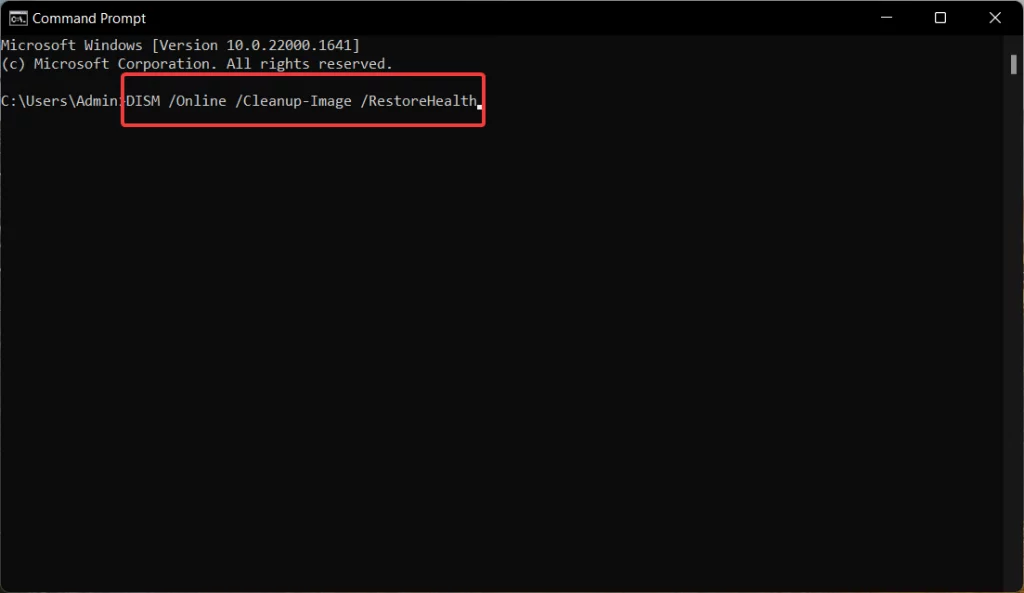
4. Reopen the Command Prompt and type the following command followed by Enter: DISM /Online /Cleanup-Image /Restorehealth
5. Once finished, your laptop may restart.
8. Use a Restore Point
To load a restore point from before the mouse started freezing:
1. Press Windows + S to open the search bar and type restore, then use the arrows to find Create a restore point.
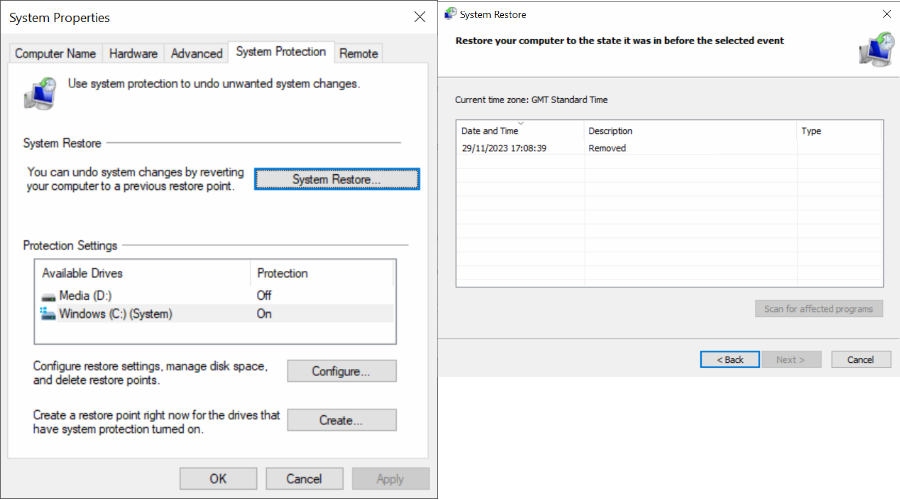
2. Use the tab key to highlight the System Restore button and press Enter.
3. Follow the onscreen prompts, using the arrow, tab, and enter keys to find a restore point from an appropriate date.
Final thoughts about fixing a frozen laptop mouse
Thanks to keyboard navigation, most users can get their mouse or touchpad working again using the above methods. If nothing works, consider opening the laptop and check for any obvious issues, though it’s wise to consult an expert at this point.



![How To Undo Windows Update [Rollback Windows Updates]](https://wp-cdn.fortect.com/uploads/2023/04/20093700/undo-windows-update-425x300.jpg)
